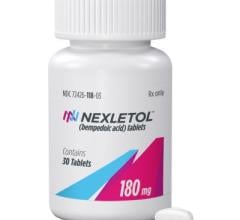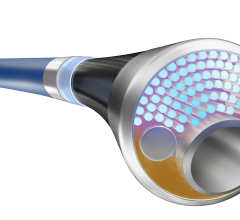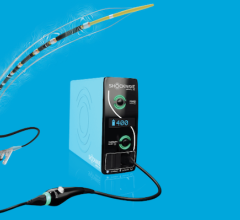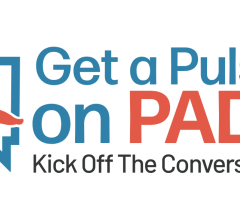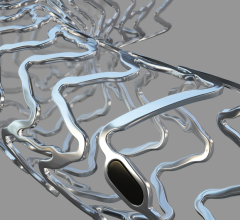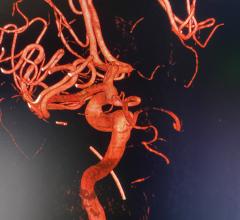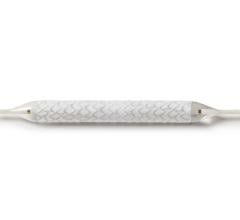January 22, 2008 � Blocked abdomen and leg arteries, known as peripheral arterial disease (PAD), is more costly to treat than coronary heart diseases (CAD), according to research being presented at the 20th annual International Symposium on Endovascular Therapy (ISET).
Both CAD and PAD are atherosclerotic cardiovascular diseases involving blocked arteries, and are treated with the same methods, including medication, minimally invasive (endovascular) techniques � such as balloon angioplasty and stenting � or surgery, depending on the location and severity of the disease.
Although the treatment strategies are the same, they tend to be more successful in the heart, potentially contributing to the cost difference. It costs about five percent more to treat a PAD patient than to treat a CAD patient, suggests the study.
�Patients with heart disease who get treated with a stent typically are doing just fine when seen six to 12 months later,� said Michael R. Jaff, D.O., principal investigator of the study and director of the Massachusetts General Hospital Vascular Center, Boston. �Patients with PAD have to be seen frequently and many of the treatments don�t last as long, so it costs more to care for these patients.� One of the reasons is that blockages in the heart arteries are short and near the origin of arteries, whereas in the peripheral arteries, the blockages tend to be longer and more diffuse (spread out).
The study involved looking at a random sample of 5 percent of patients (2.8 million) in the Medicare system from 1999-2005, and performing a cost analysis on 45,814 patients who received PAD treatment during that time period. On average, PAD patients incurred $50,110 in costs for the period of initial treatment and the year following, while treated CAD patients incurred $47,515 in costs for a similar time period,1 according to Medicare Standard Analytic Files.
Further, PAD is on the rise, affecting 8.2 percent of people in the study in 1999 and 9.5 percent of people by 2005, most of whom were 65 or older. PAD was more common among those 75 and older, increasing from 12.7 percent to 14.5 percent in that population during the six-year span.
Regarding PAD treatment, the study also found:
- Patients with diabetes mellitus cost more to treat than nondiabetic patients. That�s likely because diabetic patients typically have more extensive and severe PAD due to the effects of the diabetes. Results from other studies estimate that about one-third of people with diabetes who are 50 or older have PAD, according to the American Diabetes Association.
- Minimally invasive endovascular treatment tended to be more successful than surgery in PAD patients, possibly due to the prolonged recovery time for surgical patients and the potential for repeated treatments. Patients with less extensive disease typically can benefit from endovascular techniques, while patients with more serious disease often are treated with surgery.
Rather than treating the blockages through the larger incisions required by surgery, endovascular treatments involve threading a tiny tube, called a catheter, through a nick in the groin and advancing the catheter through an artery to the site of the blockage, whether in the abdomen, leg or heart arteries. A number of treatments then can be employed, including advancing a tiny balloon to the site and inflating it to open up the clogged artery, leaving behind a stent, or small metal cage, to prop open the artery, or using other techniques, such as lasers, to remove the blockage.
�These data suggest that future trials of PAD therapy should take into account the high cost of treating these patients, particularly those with diabetes mellitus,� said Dr. Jaff. �When therapies work equally well, but there are cost advantages of one over the other, the less expensive therapy should be tried first.�
For more information: www.ISET.org.

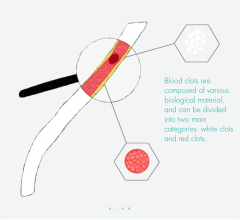
 December 16, 2024
December 16, 2024 
